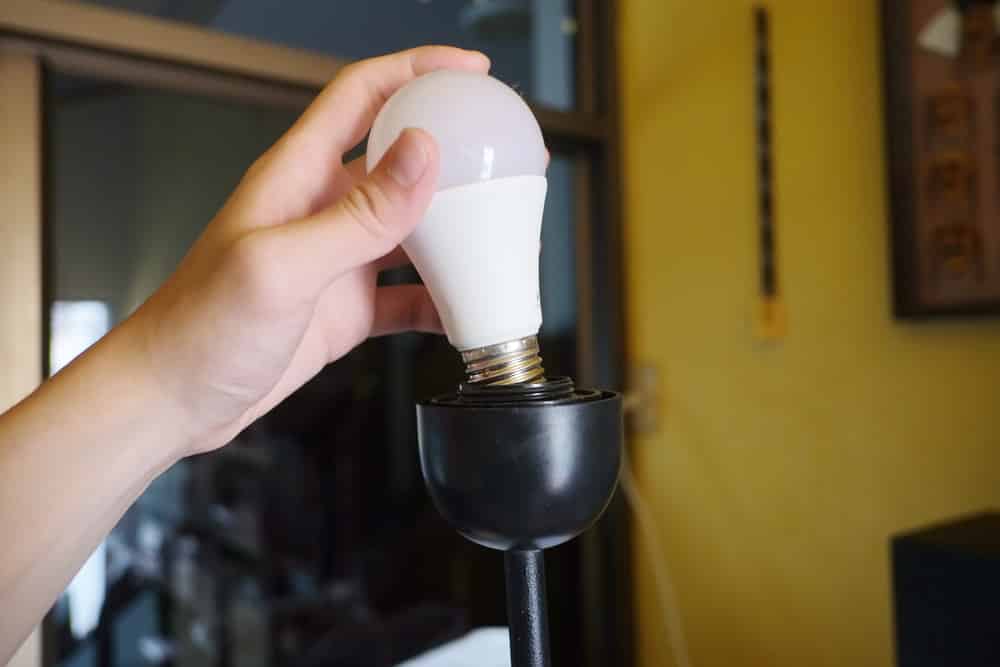
GE (General Electric) Link is a service that provides the facility of operating bulbs from anywhere at any time by scheduling your bulbs. It syncs them with other smart devices. You can automate lighting i.e., dim, and highlight according to your schedule to fit your setting. Smartphones have made it easy for us to access and control individuals or groups of light bulbs according to our own settings.
However, many users face a common problem of connection that is; GE link hub not connecting. The link hub finds a problem in discovering and connecting to home appliances thus, in this article we will be discussing the core problems that arise in link connectivity and propose ways to troubleshoot them.
How to Resolve GE Link Hub Not Connecting?
- Pairing issues:
The firsthand thing to do after encountering a connectivity problem is to check the pairing of the smart devices with the GE link. Incorrect pairing may cause the link to break, making it difficult for the link hub to connect to smart bulbs i.e., scheduling the devices So it is important to check the pairing of the electrical link hub with smart home appliances such as smart bulbs.
- Plugging smart plugs:
Sometimes, it may happen that the link hub reboots before the Wi-Fi network is active again causing connectivity failure. If this case is encountered, unplugging and replugging may help to solve the problem.
Smart plugs may loosen up with the device which may cause a disruption in the connectivity. As a result, the link hub is unable to configure smart home appliances which lead to an issue in scheduling. You should try to unplug and re-plug the smart plugs to solve the issue.
- Network strength:
Network connectivity is a prime reason that arises when the GE link hub does not connect with the smart device. It may seem a small problem, but it can occur very easily. Hence, disrupting the link hub. To resolve this issue, check the connectivity of the Wi-Fi signals and GE link to ensure a successful connection.
A secure network connection should have a bandwidth of 2.4GHz.
Another issue that should be kept in view is that one network is connected and used by multiple home appliances. This may overload the network reducing its performance, which can cause connectivity issues.
- Restarting the router:
If this stage is reached and still the link hub does not connect, you may need to restart your wireless router. One thing that needs to be noticed is that the router should be restarted while the link hub is off. Once the wireless router has rebooted, you should turn on the link hub and it should connect.
- Wi-Fi update causing connection failure:
Whenever a user updates the Wi-Fi network, it should be kept in view that the link hub will not automatically reconnect to the hub link. Since you have changed the credentials that the hub link currently knows you need to manually connect the hub link to the updated Wi-Fi. This is an issue that is often left unnoticed but can cause major connectivity issues.
- Resetting a GE link:
This step is often the last choice of the user when the above-mentioned solutions do not help that is, resetting the GE link. This will disconnect any device that was previously connected to the link and restart the link from the scratch.
For resetting the GE link, turn on the light and wait for 3 seconds. Continue the process of turning on/off the light until the bulb flashes once. as soon as the bulb flashes, it dims and goes back to its full brightness, it has been reset.
Getting a hub link connectivity issue? It can happen due to the poor connection of the network. The main problem arises when multiple home appliances are connected to the same network as it may overload and the connectivity fails.
Moreover, when the GE link hub is not connecting to the bulbs, it may be a problem of resetting the link hub which can be done using the methods mentioned above. Hence, this article clearly explains the steps to troubleshoot if you encounter any problem related to connectivity.